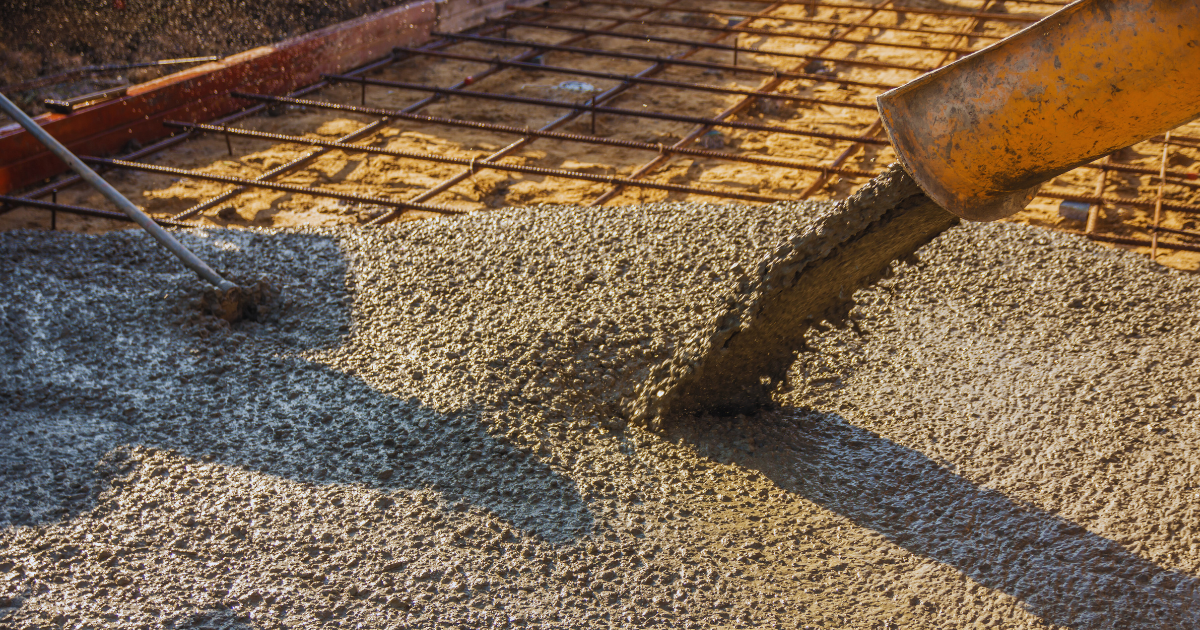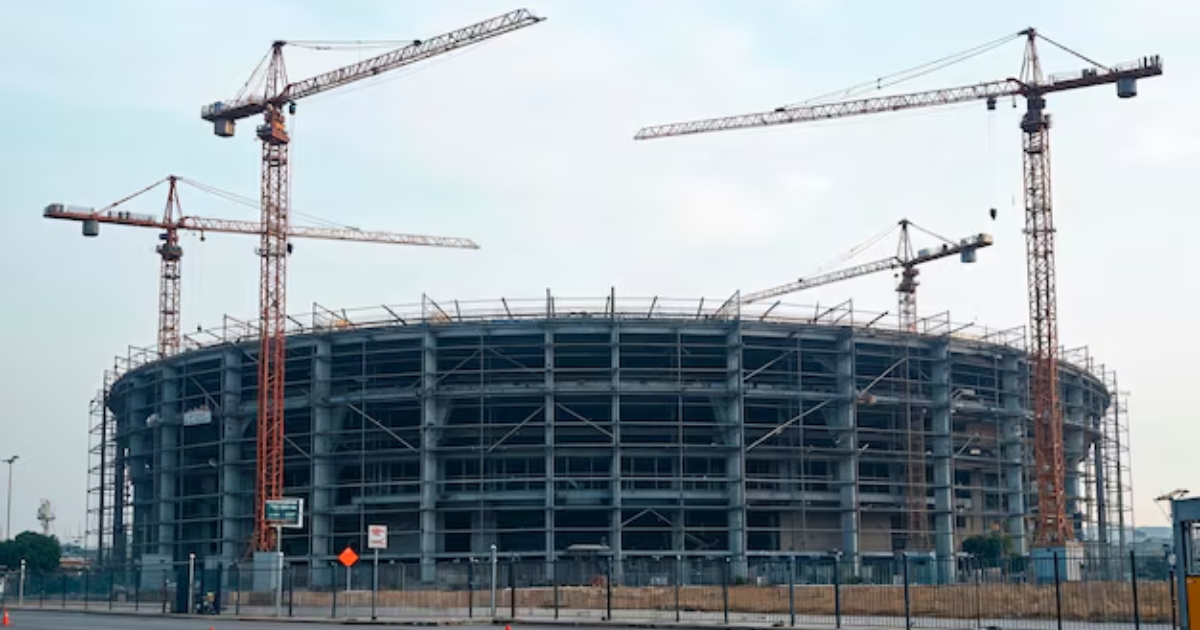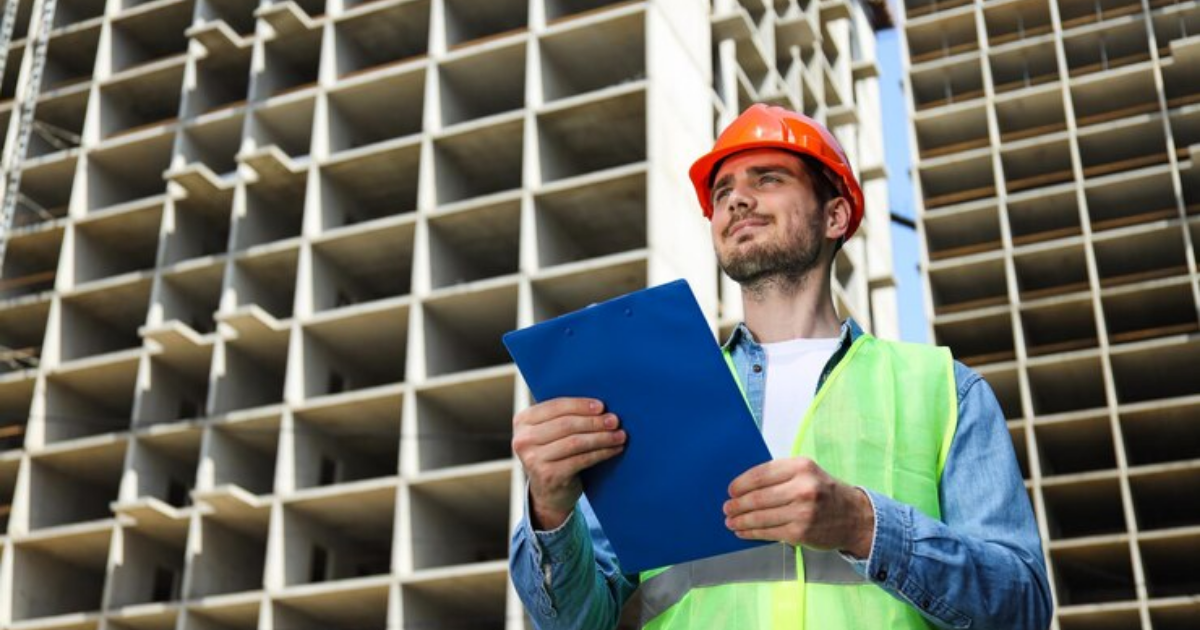The design of diaphragm walls is a critical aspect of modern construction, especially in urban areas where deep excavations and structural stability are paramount. Diaphragm walls, also known as slurry walls, are constructed using reinforced concrete and serve as essential structural elements in various construction projects. Their applications range from deep basements and underground stations to tunnels and marine structures. This blog will explore the key considerations and best practices in the design of diaphragm walls, ensuring optimal performance and longevity.
Understanding the Design of Diaphragm Wall
The design of diaphragm walls involves creating a continuous vertical barrier in the ground, typically extending to significant depths. These walls are constructed by excavating a trench, supporting the sides with a slurry mixture, and then filling the trench with reinforced concrete. The design process requires careful planning and analysis to ensure that the diaphragm wall meets the structural and environmental requirements of the project.
Key Considerations in the Design of Diaphragm Wall
- Site Investigation and Soil Conditions
A thorough site investigation is the first step in the design of diaphragm walls. Understanding the soil conditions, groundwater levels, and geological features of the site is crucial. This information helps in determining the appropriate depth, thickness, and reinforcement of the diaphragm wall. Soil testing and analysis provide insights into the soil’s bearing capacity, stability, and potential challenges that might arise during construction.
- Structural Requirements
The design of diaphragm walls must consider the structural requirements of the project. This includes the load-bearing capacity, lateral earth pressure, and potential external forces such as seismic activity. Engineers use various calculations and modeling techniques to ensure that the wall can withstand these forces without compromising stability or safety. The reinforcement details, including the type and arrangement of steel bars, are also determined based on these structural requirements.
- Hydraulic Considerations
In many construction projects, diaphragm walls need to function as waterproof barriers, especially in areas with high groundwater levels. The design of diaphragm walls must account for hydraulic considerations, ensuring that the wall can effectively prevent water ingress and maintain the integrity of the excavation. This involves selecting appropriate materials and construction techniques to achieve the desired level of impermeability.
- Construction Methodology
The choice of construction methodology significantly impacts the design of diaphragm walls. Different construction methods, such as panel construction, continuous trenching, and pre-cast diaphragm walls, have their own advantages and limitations. The design must be tailored to the chosen construction method, ensuring compatibility and efficiency. Factors such as construction sequence, equipment requirements, and site constraints play a role in this decision-making process.
- Environmental Impact
The design of diaphragm walls must consider the environmental impact of the construction process. This includes managing noise, vibration, and dust levels to minimize disruption to the surrounding area. Additionally, the design should incorporate sustainable practices, such as using eco-friendly materials and minimizing waste. Compliance with local environmental regulations and standards is essential to ensure responsible construction practices.
Best Practices in the Design of Diaphragm Wall
- Collaborative Design Process
Effective design of diaphragm walls requires collaboration between various stakeholders, including geotechnical engineers, structural engineers, architects, and contractors. A collaborative approach ensures that all aspects of the project are considered, leading to a more comprehensive and robust design. Regular communication and coordination among team members help in identifying potential issues early and implementing effective solutions.
- Advanced Modeling and Analysis Tools
Utilizing advanced modeling and analysis tools is essential in the design of diaphragm walls. Software programs that simulate soil-structure interaction, hydraulic behavior, and structural performance provide valuable insights and allow for precise calculations. These tools help engineers optimize the design, reducing material usage and construction costs while ensuring safety and stability.
- Quality Control and Testing
Implementing stringent quality control measures during the design and construction of diaphragm walls is crucial for achieving the desired performance. Regular testing of materials, including concrete and reinforcement, ensures compliance with specifications and standards. On-site monitoring and inspection during construction help in maintaining quality and addressing any deviations promptly.
- Risk Management
Identifying and managing risks is a key aspect of the design of diaphragm walls. Potential risks, such as soil instability, groundwater ingress, and construction challenges, must be assessed and mitigated through effective design strategies. Contingency plans and safety protocols should be in place to address unforeseen issues and ensure the smooth progression of the project.
- Sustainability and Innovation
Incorporating sustainability and innovation into the design of diaphragm walls is increasingly important in modern construction. This includes using recycled materials, energy-efficient construction methods, and innovative technologies that enhance the performance and durability of the wall. Sustainable design practices not only benefit the environment but also contribute to the long-term success and reputation of the project.
Applications of Diaphragm Walls
The design of diaphragm walls is integral to various construction applications, each requiring specific considerations and approaches. Here are some common applications:
- Basement Construction
In urban areas with limited space, multi-level basements are often required for parking, storage, and utilities. The design of diaphragm walls for basement construction ensures stability and prevents soil collapse, allowing for deep excavations in confined spaces.
- Subway and Underground Stations
The construction of subways and underground stations involves extensive excavations in densely populated areas. The design of diaphragm walls in these projects ensures the stability of the excavation site and the safety of adjacent structures.
- Tunnels and Underpasses
Diaphragm walls are widely used in the construction of tunnels and underpasses, providing lateral support and preventing ground movement. The design of diaphragm walls for these applications must account for soil conditions, groundwater levels, and external loads.
- Marine and Waterfront Structures
The design of diaphragm walls in marine and waterfront structures focuses on preventing water ingress and erosion. These walls are used to create docks, harbors, and retaining walls, ensuring the durability of structures built near water bodies.
- Shafts and Pits
Diaphragm walls are employed in the construction of shafts and pits for ventilation, access, and utility installation. The design of diaphragm walls in these structures ensures stability and prevents groundwater intrusion.
Conclusion
The design of diaphragm walls is a complex and critical process that requires careful consideration of various factors, including site conditions, structural requirements, hydraulic considerations, and environmental impact. By following best practices and leveraging advanced tools and technologies, engineers can create robust and reliable diaphragm walls that meet the demands of modern construction projects.
Whether it’s for deep basements, subway stations, tunnels, marine structures, or utility shafts, the design of diaphragm walls plays a vital role in ensuring the safety, stability, and longevity of the construction. As urbanization continues to rise and construction projects become more challenging, the importance of effective diaphragm wall design cannot be overstated.
For any project requiring deep excavations and robust structural support, the design of diaphragm walls offers a proven solution that combines strength, durability, and versatility. By adhering to best practices and incorporating innovative approaches, engineers can deliver diaphragm walls that stand the test of time and contribute to the success of construction projects worldwide.
Next time you encounter a construction project with challenging ground conditions, consider the design of diaphragm walls for superior performance and long-term reliability. Their wide-ranging benefits and versatility make them a cornerstone of contemporary construction techniques, ensuring the success and safety of projects across the globe.







